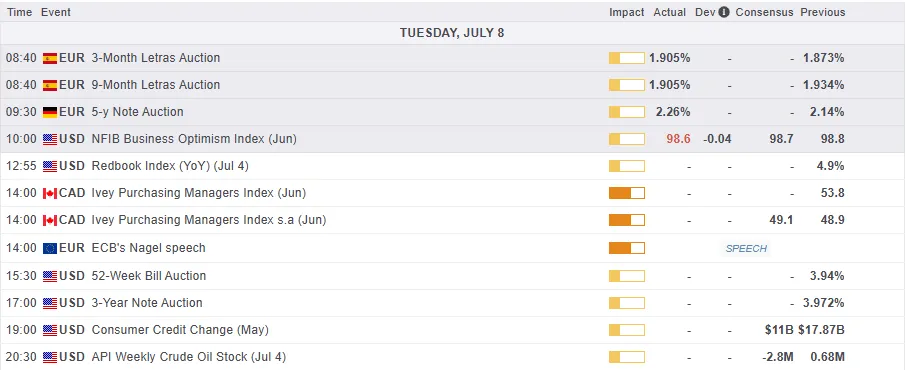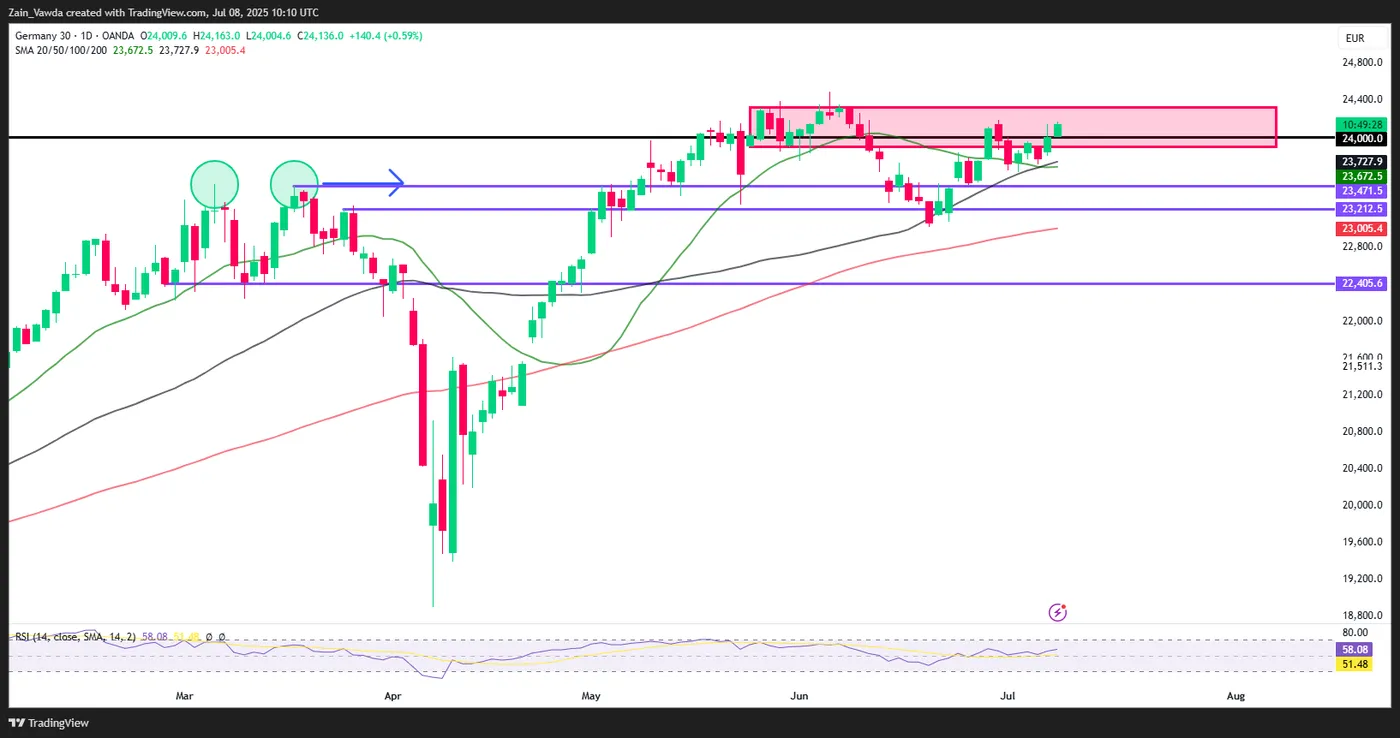Asian stock markets remained steady despite the latest update on US President Donald Trump’s tariff plans. On Tuesday, the stayed strong, and dropped.
In the US, stock prices fell after Trump sent letters to 14 countries, including Japan and South Korea, announcing much higher tariffs on imports. However, the start of these tariffs has been delayed until August 1.
Asian Market Wrap
Most Asian stock markets went up as President Trump signaled he’s open to more trade talks, easing concerns after imposing heavy tariffs on several countries.
South Korea’s stock market jumped over 1.4%, and Japan’s Nikkei-225 index rose 0.2%. The MSCI regional stock index edged up 0.1% after small ups and downs earlier in the day. The South got stronger, while the dropped 0.2%. The gained value after reports that the U.S. offered the EU a deal with a 10% tariff limit.
In Japan, government bond yields kept climbing. Meanwhile, Australia’s currency surged after the central bank surprised everyone by keeping interest rates unchanged.
European Open
Global stock markets were mostly steady or slightly higher on Tuesday as investors reacted calmly to the latest update on U.S. President Donald Trump’s tariff plans.
On Monday, Trump sent letters to 14 countries, including major Asian trade partners like Japan and South Korea, announcing much higher tariffs on imports to the US.
However, the market response has been more cautious this time, unlike the sharp drops seen three months ago on “Liberation Day.” This is because many expect countries to work on trade deals with the US before the new August 1 deadline.
In Europe, the index stayed mostly unchanged, while the euro rose 0.4%. Reports suggest the EU won’t receive a letter about higher tariffs and could finalize a trade deal by Wednesday.
The EU aims to secure a temporary trade deal with the U.S. this week, which would lock in a 10% tariff rate past the August 1 deadline while working on a long-term agreement. Meanwhile, Bulgaria is set to take the final step to join the Eurozone as its 21st member next year, with EU finance ministers meeting on Tuesday to approve its application.
On the FX front, the euro hit a one-year high against the and was last up 0.4% on the day at 171.745.
The euro rallied against the dollar as well, rising 0.4% to 1.1735, partially recouping Monday’s 0.67% loss.
The was the star performer on Tuesday, jumping over 1% after the Reserve Bank of Australia surprised markets by keeping interest rates unchanged. It was last up 0.8% at 0.6545.
The rose 0.38% to 0.60245, while the increased 0.3% to 1.3642.
China’s briefly dropped to a two-week low against the dollar due to renewed worries about US tariffs. However, it bounced back after major state-owned banks stepped in to support the currency.
Currency Power Balance
Source: OANDA Labs
Looking at commodities and oil prices have recovered following a gap down over the weekend. Markets appear to be hopeful that trade deals may spur on a bigger rally despite OPEC + further unwinding production cuts.
has also rallied following a brief foray below the 3300/oz handle. This morning Gold is a bit more tentative trading around 3320/oz which is some way off the Asian session highs around 3346/oz.
Economic Data Releases and Final Thoughts
Looking at the economic calendar, it remains a quiet one. There are no high-impact data releases from the EU, UK, or US ahead today.
Thus, I am expecting tariff and trade deal chatter to dominate matters today and for the majority of the week ahead.
We will have some comments from ECB policymaker Nagel later today while we will also get a glimpse at the number.
Inflation expectations may paint a picture for market participants especially after US Treasury Secretary Scott Bessent said the US will experience growth without inflation, something which until now has been a sticking point.

MarketPulse Economic Calendar
Chart of the Day – DAX Index
From a technical standpoint, the has been moving higher this morning on optimism that the EU will strike a deal with the Trump administration.
The EU is looking to secure a temporary deal that would cap tariffs at 10% past the August 1 deadline while working on a long-term agreement.
This appears to have given EU stocks a boost this morning and this comes despite a drop-off in both German imports and exports.
The DAX has broken above the 24000 handle with the next key resistance at 24330. A break above this level may lead to further gains, especially if the proposed 10% tariff is agreed between the EU and US.
DAX Daily Chart, July 8. 2025
Source: TradingView.com
Support
Resistance
